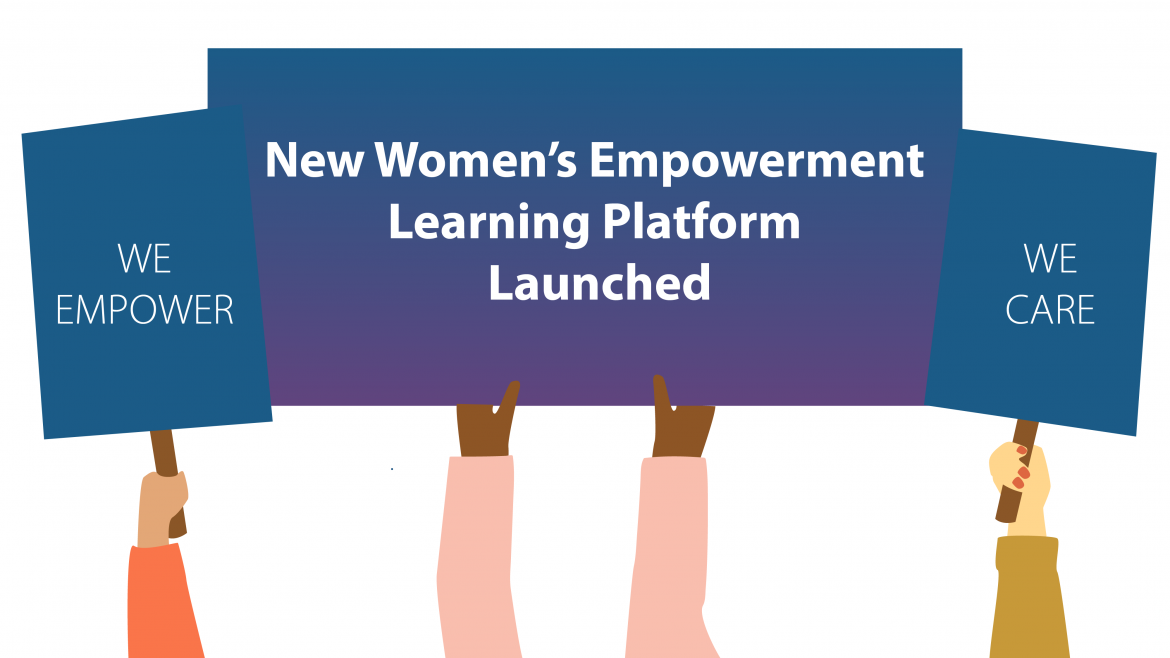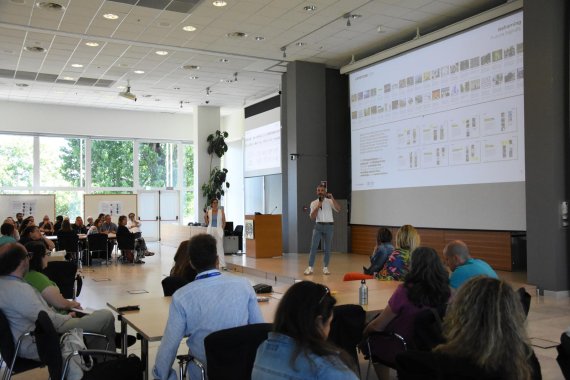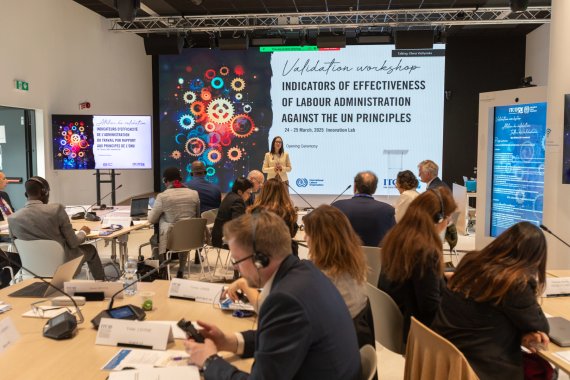Introducing the new EWAW Gender Pay Gap module
Introducing the new EWAW Gender Pay Gap module
Closing the gap through online learning, tools, and resources
3 Dicembre 2020

It was clear from the beginning that ideas and frameworks would not have been enough. The new Empowering Women at Work platform “goes further, to engage, to assess and to understand which are the root causes of the gender pay gap to drive policymaking accordingly,” said Manuela Tomei, Director of the Work Quality Department of the ILO.
Claudia Callegari, Programme Officer at the ITCILO, works on gender equality issues every day. She contributed her knowledge and expertise to help build a platform that raises awareness about the gender pay gap and promotes equality for all women.

“I believe it is important to understand that change is possible, with the right resources. This module does just that: it offers concrete tools to policy makers and companies to make a change and tackle the gender pay gap.”
- Claudia Callegari, Programme Officer at the ITCILO
An online learning solution for gender-aware policy making
The result is a 45-minute-long online module designed to empower policy makers and organizations to:
- Acknowledge the need to achieve gender equality at work
- Focus on pay equity, its benefits and the risk of non-intervention
- Get inspired by examples of laws, policies, strategies and tools that work to advance non-discrimination and pay equity
The module was funded by the European Union and developed by the ILO and UN Women for policy makers and organizations that are engaged in policy discussions. Although 90% of ILO member states have ratified the Convention no.100 concerning Equal Remuneration for Men and Women Workers for Work of Equal Value, only 40% of those countries have national laws on equal pay issues that fully reflect those principles. Most laws tend to acknowledge and protect only the right for equal pay for equal work or similar work.
As Manuela Tomei notes, "The reason why so many countries have laws that do not fully reflect the principle of equal pay for work of equal value is, firstly, because there is a lot of misunderstanding about what work of equal value means and, secondly, because there is a lack of clarity concerning the type of tools and instruments that can be used to assess, compare and engage with peers on the subject."
“The perpetuated historical undervaluation of women's work is due to the inability to fairly assess the worth of work in different sectors.”
- Manuela Tomei, Director of Work Quality Department, ILO
Straightforward stories, engaging education
The free self-paced module, available in English, French and Japanese, is made up of four units, exploring the what, why, how and which of the gender pay gap through engaging storytelling.
- UNIT 1: WHAT is the gender pay gap?
- UNIT 2: WHY is it important to address pay gaps? WHY is it the right and the smart thing to do?
- UNIT 3: HOW can countries adopt transformative policies on pay equity?
- UNIT 4: WHICH are some examples of promising policies and practices?
Claudia is also enthusiastic about the collection of good practices and tools on the platform. To her, these resources are essential because they help participants apply their new knowledge in context. “The added value of this platform is the availability in a single place of good practices and case studies that can be taken as guidelines to support the participants in understanding how these tools work in other contexts and how to apply them in their own,” she says.
After the module, participants will be able to:
- Appreciate the extent and patterns of the gender pay gap and its root causes, including pay discrimination and its intersectional dimensions.
- Use pay gap indicators for comparative analysis to determine their own country’s progress towards achieving equality between women and men in the world of work.
- Recognize the elements of a comprehensive system of legislation, policies, measures and initiatives that can have a real impact on achieving equal remuneration.
A step towards fairness
There are many arguments for why countries should invest in advancing equal pay for work of equal value. It would have positive macroeconomic implications as it would contribute to increasing aggregate demand. It would also translate in more money spent on child education and care. But, more importantly, it is simply a matter of fairness.
“It is not about making any concession to women, it is about ensuring that the work they do, the talents they require, the responsibilities it entails, the efforts associated with it are assessed in a fair manner.”
- Manuela Tomei, Director of Work Quality Department, ILO
Want to learn more? Visit the EWAW platform now.


